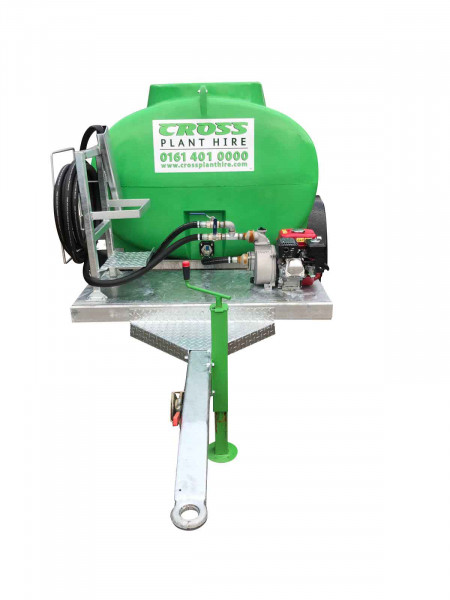Understanding the Hazards of Working in a Dusty Environment
Countless workers across the UK will need to face environmental hazards on a daily basis. Some risks such as heavy machinery or exposure to chemicals are more obvious. However, others are not always recognised as easily. One example is the presence of high levels of dust. While such a situation might not initially appear threatening, there are actually a number of serious concerns to take into account.
Construction Site Dust: Much More Than Meets the Eye
The first thing to appreciate is that the types of dust can be broken down into three main categories:
- Non-silica dust (cement, plasterboard and certain types of stone).
- Silica dust (sand, mortar and some varieties of concrete).
- Dust derived from wood and wood byproducts.
The associated health effects of dust will depend upon the type of particulate matter in the air. Another interesting observation is that some symptoms can be seen immediately (such as if you happen to breathe in a large quantity of sawdust when cutting a plank). However, there are other times when it can take much longer to observe the side effects. Silica dust falls into this category, as a pulmonary condition known as silicosis may take years to develop. The main issue is that the damage has already been done by the time the symptoms are physically diagnosed.
What Situations Should be Addressed?
There are two main things to consider when assessing the risks of exposure to high levels of dust. The first is the type of dust and the second is the length of exposure. For instance, sweeping a floor might create clouds that disperse within a matter of minutes. On the contrary, cutting gypsum board within a closed environment for weeks at a time is associated with its own set of health-related hazards. High-energy tools such as routers, grinders and table saws can also cause release massive amounts of dust within a short time frame. How can these situations be addressed and are there any ways to minimise the impact of any associated dust?
Controlling the Amount of Dust Within a Workplace
In truth, there are few ways to entirely eliminate dust. The intention should instead involve minimising its effects. Try to keep these suggestions in mind:
- Use tools with a vacuum attachment. Calculate the amount of material needed so that less cutting will take place.
- Use the right tool for the right job.
Water plays an equally important role; particularly when cutting or grinding. Water can be used to spray down an environment so that the amount of released dust is limited. In fact, this approach has been used in coal mines for decades in order to prevent a condition known as "black lung". It is also prudent to perform certain activities in an open-air environment if possible. Examples include drilling holes, cutting wood or mechanically shaving stone. The Use of Personal Protective Equipment Personal protective equipment (PPE) should always be worn if you happen to be working around high levels of dust. However, keep in mind that a mask alone might not be able to provide adequate protection. Masks can easily become clogged and choosing the wrong type will not provide adequate levels of safety. Goggles, gloves and the proper type of clothing are often recommended in order to reduce the health effects of dust. Our dust suppression products, which can be seen on the left, can help to reduce dust and it's effects. If you are ever in doubt of what accessories are needed, consult with a site manager or refer to HSE guidelines.
A Team Effort
Workplace safety is never the responsibility of a single person. A team effort is required in order to understand and tackle the hazards of working in a dusty environment. This approach begins with providing the proper education to all workers and stakeholders. They should be well aware of the best practices as well as the existing hazards. It is also necessary to keep them updated in the event that conditions change in the future. Furthermore, employees should be encouraged to proactively spot and report violations (such as a worker refusing to wear a respirator). This type of interpersonal accountability will help to ensure that no faults are present; enhancing on-site health and safety standards. So, it's clear to see that dusty environments are associated with a number of unique risks. Appreciating these potential dangers, as well as having a good understanding of the appropriate safety steps to take, should never be taken lightly. To find out more about our dust suppression equipment and how we can help you when working in dusty environments, give us a call today on 0161 401 0000.
Thank you for reading, if you need to see more of what we have to offer you can follow the links below!
Contact Us For More Information!


